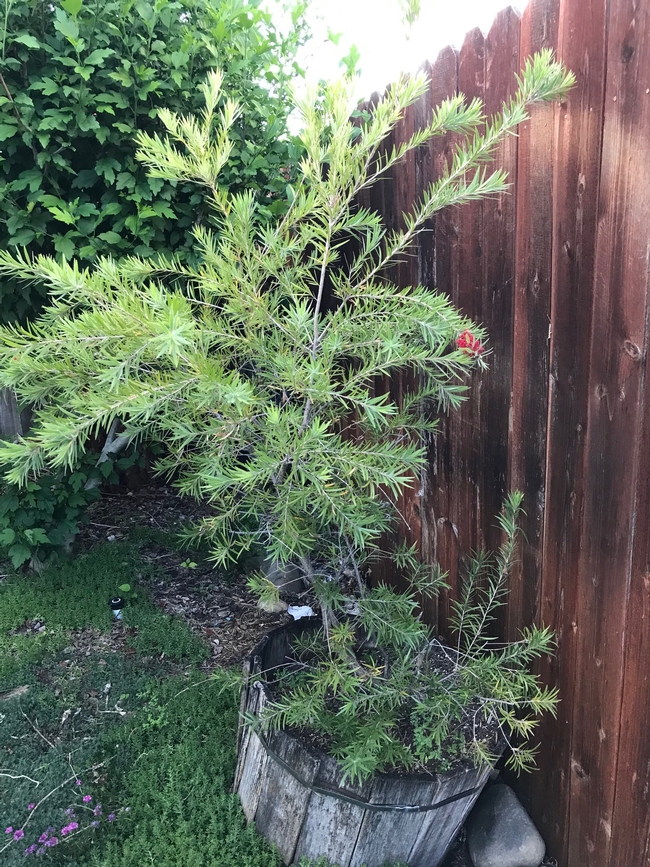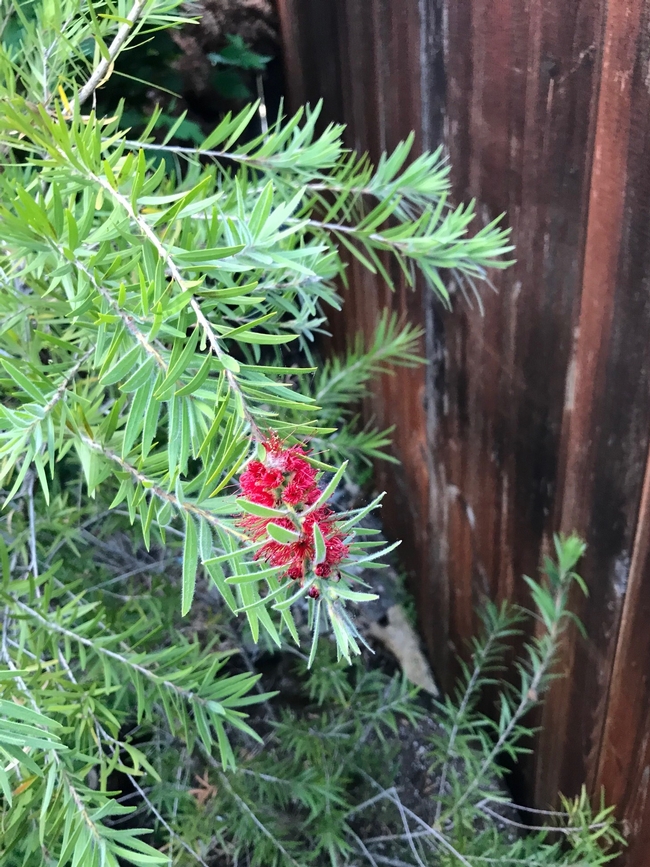UC Gardening Blogs
A Butterfly Ballet: Gulf Fritillary in Action
Sometimes there's a method to our madness, or madness to our method. Take the silver-spangled,...
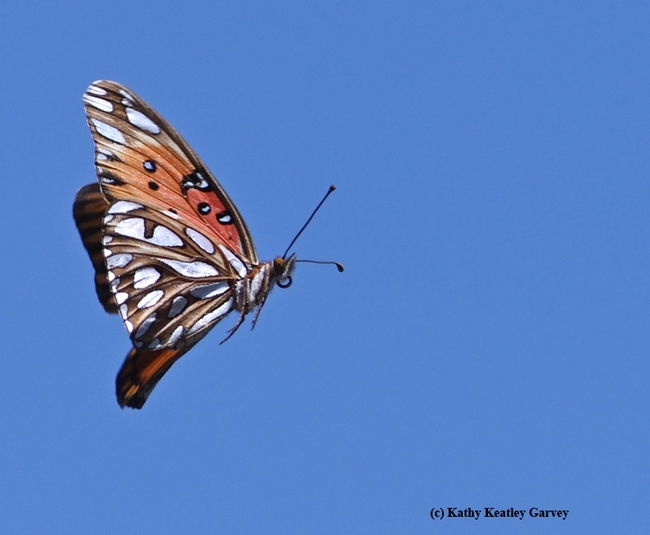
A Gulf Fritillary (Agraulis vanillae) in flight. (Photo by Kathy Keatley Garvey)
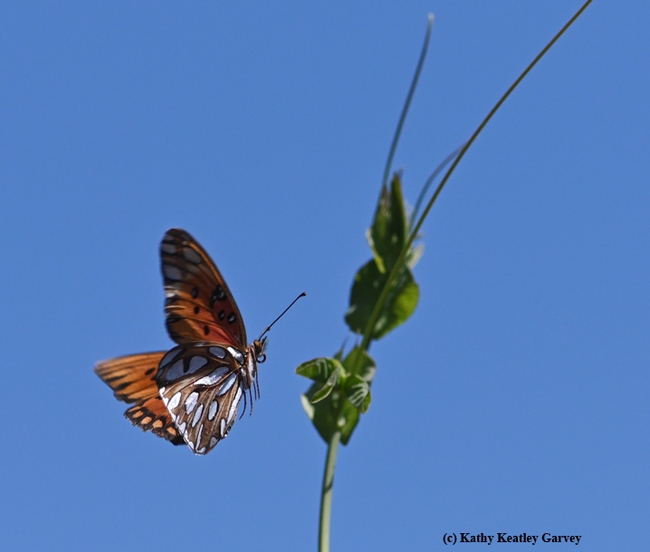
The Gulf Fritillary, a silver-spangled, orangish-red butterfly, heads for its host plant, Passiflora. (Photo by Kathy Keatley Garvey)
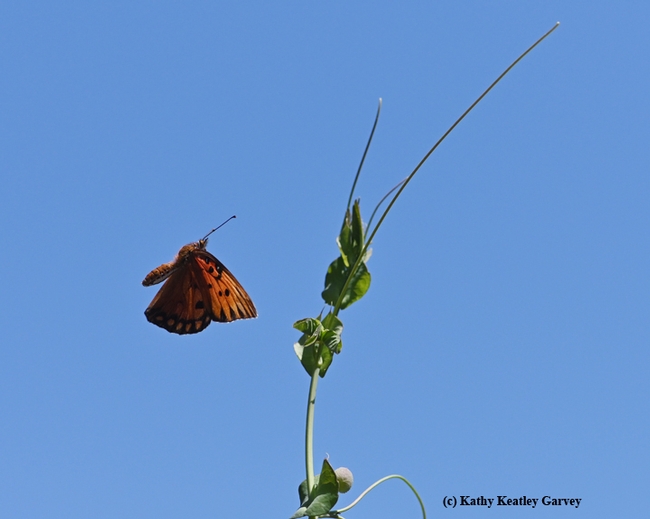
A dip here, a dive there and you have a butterfly ballet (Gulf Fritillary). (Photo by Kathy Keatley Garvey)
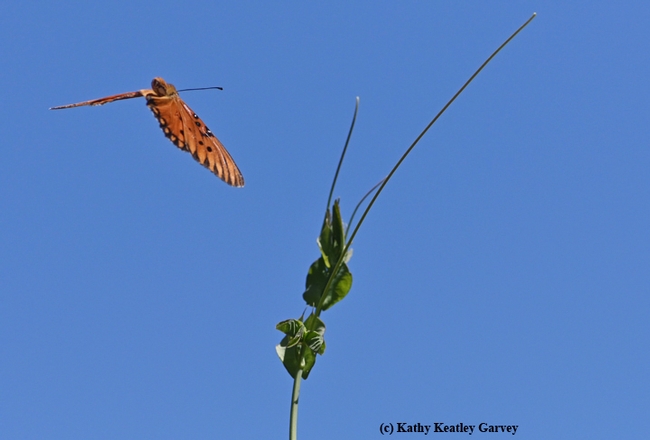
Gulf Fritillary checking out the passionflower vine (Passiflora). She then laid her eggs on the tendrils and leaves. (Photo by Kathy Keatley Garvey)
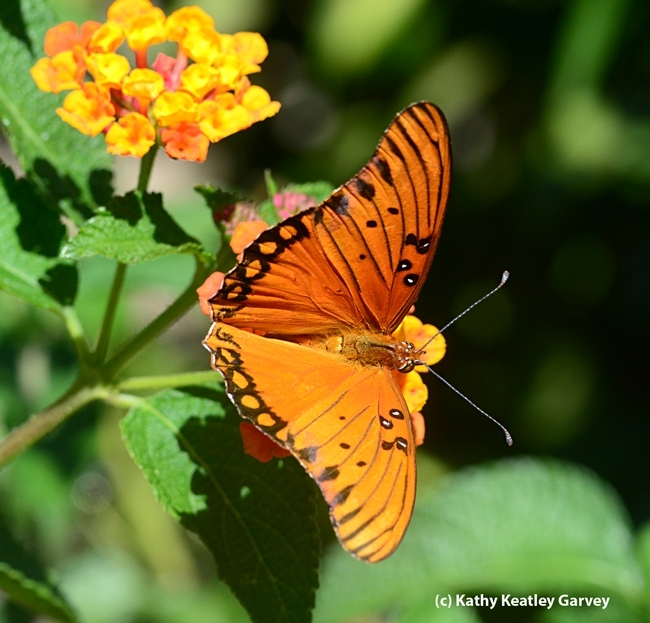
This Gulf Fritillary stops for some flight fuel--nectar from lantana. (Photo by Kathy Keatley Garvey)
May Miku
May BringsSunshine, Flowers and a New MG Graduating ClassWelcome to All
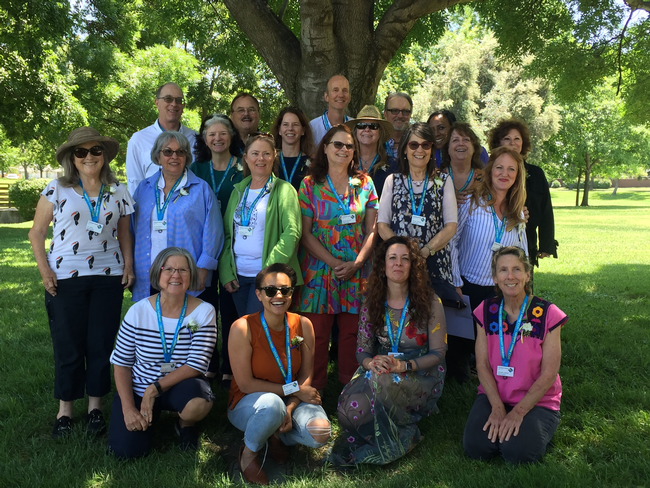
photo by Jennifer Baumbach
Melittologist Laurence Packer: 'Extreme Bees in Extreme Environments'
"Extreme Bees in Extreme Environments: Bee Biogeography in the Atacama Desert." That's the title...
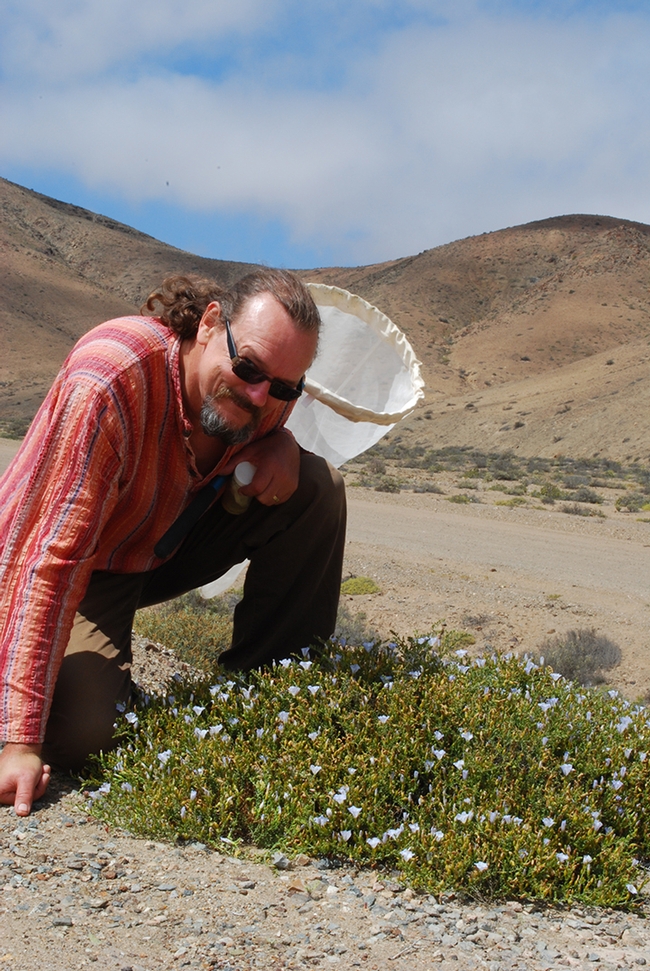
Professor Laurence Packer on location in the Atacama Desert in Chile.
The Miraculous Bottle Brush
Two weeks ago, I was thrilled to discover my Bottle Brush plant, Callistemon citrinus, had finally flowered. There was one full blossom and a few small wispy ones. Now, I know what you are thinking at this point, why are you getting so excited about a bottlebrush? It's pretty common and your specimen is on the spindly side. You would be correct and I'd have to explain that this plant and I go way, way back.
In 2001 my husband and I went to Australia. We fell in love with interesting plants and animals there. We had been inspired by the incredible Royal Botanical Gardens at Sydney and Melbourne. While there I picked up a seed sampler of iconic Australian plants. I can't remember all of them, but I do remember Paperbark Tree, Melaleuca quinquenervia; Heath Banksia, Banksia ericifolia; Kangaroo Paw, Anigozanthas; Grevillea; Golden Wattle, Acacia pycnantha; Waratah, Telopea speciosissima; and Bottle Brush, Callistemon citrinus.
When we were returning to the United States, I dutifully presented myself to the US Agricultural Station at the airport with my hermetically sealed seed sampler. The inspector slowly looked them over and then condescendingly asked me if I really thought I'd be able to grow anything from the sampler?
I carefully thought over possible responses. Not a chance in hell but I'm eager for an exercise in futility or I am secretly a masochist and failure will give me great pleasure sprang to mind. But, given that this man could throw my seeds away I decided on a cheery, “Well, I certainly hope so.”
Once home I carefully sowed representatives from the seed sampler. Some germinated and a few Kangaroo Paw even made it to the four-inch pot stage before dying. My Bottle Brush survived. It never quite thrived though and I moved its container from place to place in my yard over the years. I finally put it in a half wine barrel and it even made it through the drought years. I had read that it needed full sun and should bloom “freely”. I brooded.
Finally, after eighteen years, it has bloomed. I don't know if it had to age into blooming (I kind of doubt it) or if all the winter and spring rain helped; who knows? I am just glad I hadn't given up and thrown the plant away. Was it patience I had exhibited or stubbornness? I suspect the latter. Meanwhile, I am hoping for more blossoms.
Aloe karasbergensis
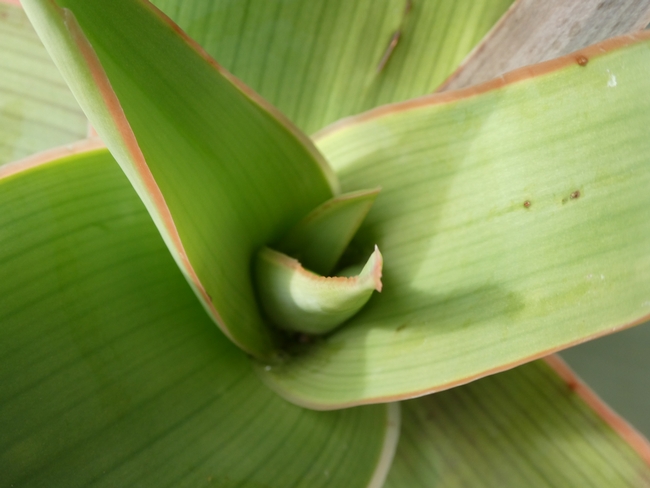
Aloe k 1

Aloe k 2
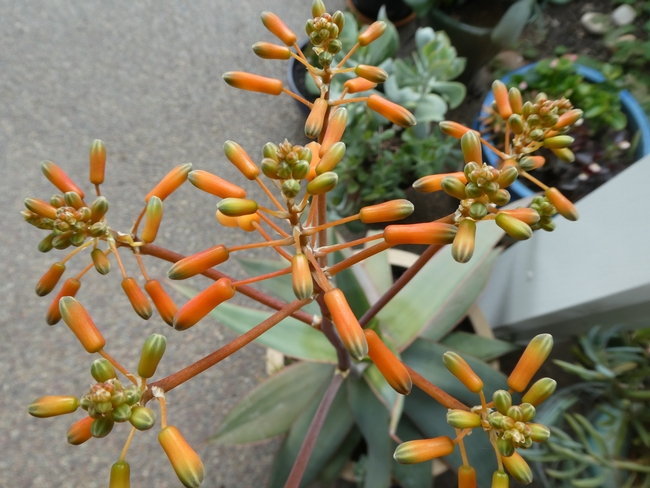
Aloe k 5

Aloe k 6
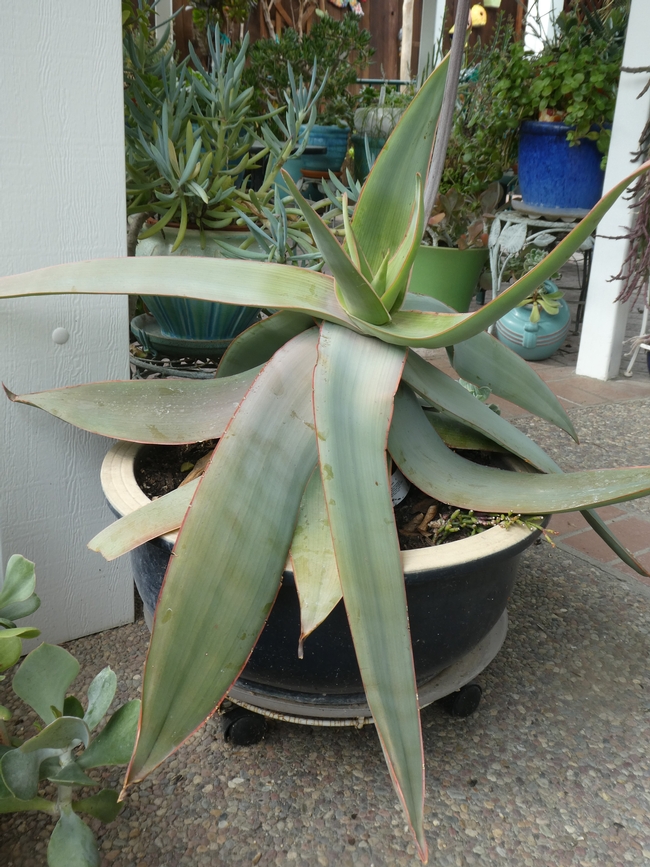
Aloe k 3




